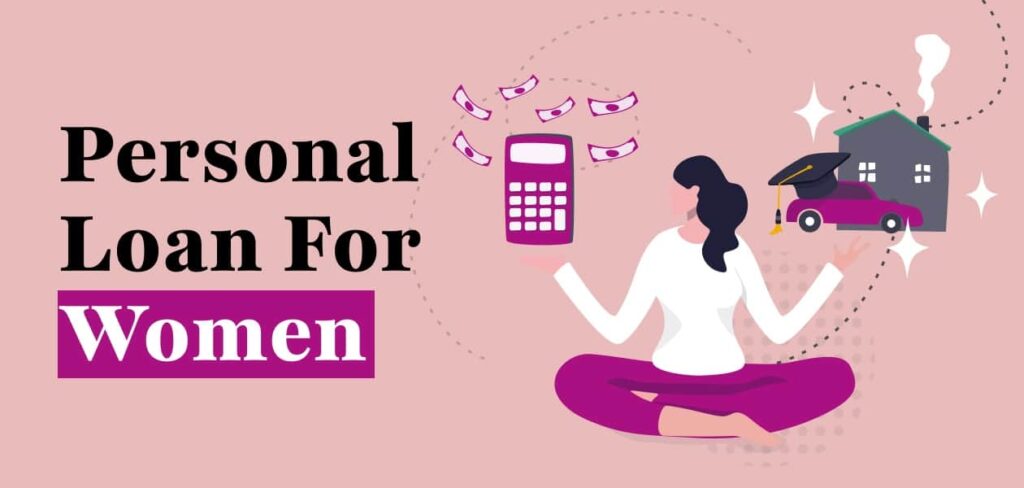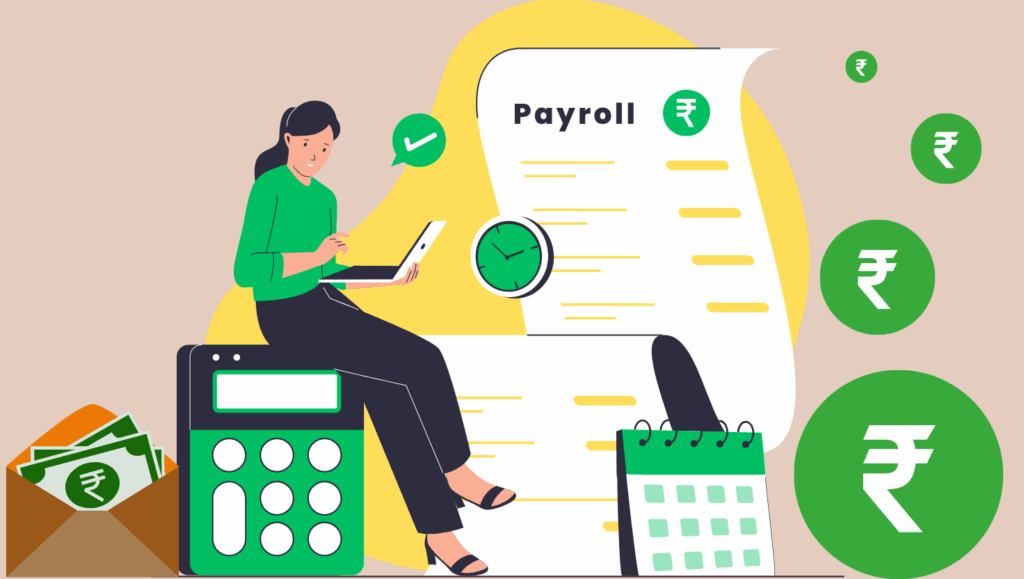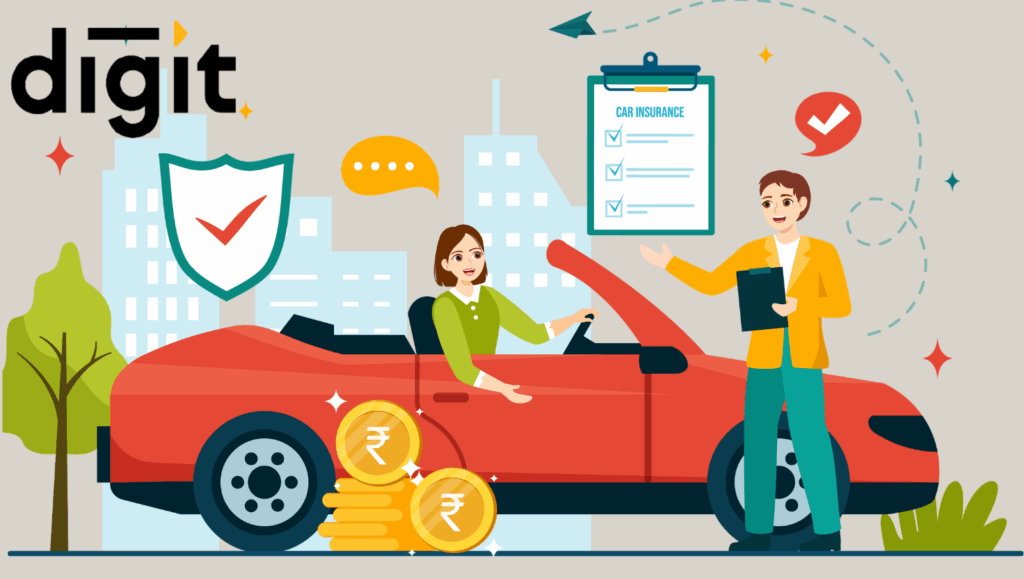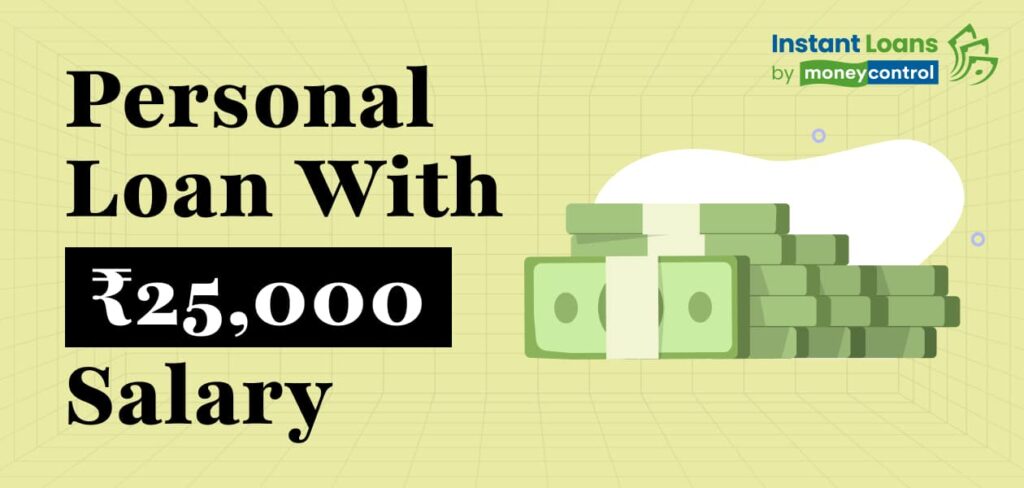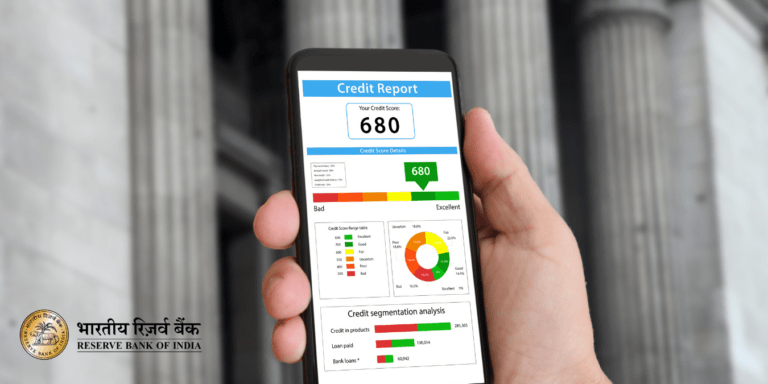
“Need an education loan but have no income? Discover how to secure funding in India (2025) with collateral, co-applicants, or government schemes. Compare SBI, HDFC & NBFCs, check eligibility, and boost approval chances. Study at IITs, IIMs, or abroad—without income proof! Learn insider tips & apply now.”
Pursuing higher education in India or abroad is a transformative step, but rising costs can make it challenging—especially if you don’t have a personal income. Fortunately, securing an education loan without income is entirely possible with the right approach. Whether you’re aiming for an IIT, IIM, or an international university, this guide will walk you through the latest options, eligibility criteria, and strategies to obtain a student loan without income proof in India. Packed with actionable tips, current data, and lender insights, this 2000-word blog post is your roadmap to funding your education without a paycheck.
Understanding Education Loans
An education loan without income is tailored for students who lack personal earnings but need financial support for their studies. Unlike traditional loans that demand income proof, education loans in India focus on your future earning potential, academic merit, and often the financial stability of a co-applicant (like a parent or guardian) rather than your current income.
In 2025, education costs in India have surged. For instance, IIT tuition fees have risen by 10% in the past year, averaging INR 2–3 lakh annually, while IIM fees range from INR 20–30 lakh for a two-year MBA. Studying abroad isn’t cheaper either—costs for a master’s in the US or UK now average INR 40–80 lakh. This makes education loans for students with no income a vital resource for Indian students.
Why Income Isn’t Always a Barrier in India
You don’t need a job to qualify for an education loan in India. Lenders recognize that students are typically unemployed during their studies. Instead, they assess:
- Future Earning Potential: Courses from reputed institutes like IITs, NITs, or MBBS programs signal high employability, boosting approval chances.
- Co-Applicant’s Income: A parent or guardian with a stable income often co-signs the loan, providing repayment assurance.
- Academic Performance: Consistent grades (e.g., 60%+ in Class 12 or undergrad) demonstrate your potential as an investment.
In 2025, Indian banks, NBFCs, and government schemes have expanded options for no-income education loans, making education more accessible than ever.
Types of Education Loans
1. Secured Education Loans
- What It Is: Requires collateral (e.g., property, fixed deposits) instead of personal income.
- Who It’s For: Students with no income but access to family assets.
- Loan Amount: Up to INR 1.5 crore or more, based on collateral value.
- Interest Rates: 8.5%–11% (per RBI norms, March 2025).
- Pros: Lower rates, higher amounts.
- Cons: Risk of losing collateral if repayment falters.
2. Unsecured Education Loans (No Collateral)
- What It Is: No collateral needed; relies on co-applicant’s financials and your academic record.
- Who It’s For: Students with no income or assets but a financially stable co-signer.
- Loan Amount: Up to INR 40 lakh (e.g., SBI offers this for premier institutes).
- Interest Rates: 10%–14% (varies by lender in 2025).
- Pros: No asset risk, quicker approval.
- Cons: Higher rates, stricter criteria.
3. Government-Supported Loans
- What It Is: Subsidized loans via schemes like CSIS or Vidya Lakshmi.
- Who It’s For: Students from low-income families (below INR 4.5 lakh annually).
- Loan Amount: Up to INR 10 lakh (unsecured).
- Interest Rates: 8%–9% with subsidies.
- Pros: Interest relief, affordable terms.
- Cons: Limited to specific income brackets.
Eligibility Criteria for an Education Loan
While personal income isn’t required, Indian lenders in 2025 impose these conditions:
- Age: 18–35 years.
- Academic Record: Minimum 60% in Class 10, 12, or undergrad; admission to a recognized institution.
- Co-Applicant: A parent or relative with stable income (e.g., INR 3–4 lakh annually) and a CIBIL score of 650+ (700+ ideal).
- Course and Institution: Preference for professional courses (e.g., engineering, medicine, MBA) at reputed institutes like IITs, AIIMS, or foreign universities.
- Admission Proof: Offer letter from the institution.
For abroad studies, additional requirements like IELTS (6.5+) or GRE (300+) may apply.
Top Lenders Offering Education Loans Without Income
Public Sector Banks
- State Bank of India (SBI):
- Loan Amount: Up to INR 40 lakh (unsecured) for top institutes; INR 1.5 crore with collateral.
- Interest Rate: 8.55%–10.50% (March 2025).
- Key Feature: No processing fee for loans up to INR 20 lakh.
- Bank of Baroda (BoB):
- Loan Amount: Up to INR 40 lakh (unsecured) for premier institutes.
- Interest Rate: 8.75%–11%.
- Key Feature: Flexible repayment up to 15 years.
Private Banks
- HDFC Bank:
- Loan Amount: Up to INR 50 lakh (unsecured).
- Interest Rate: 10.25%–13%.
- Key Feature: Pre-visa disbursal for abroad studies.
- ICICI Bank:
- Loan Amount: Up to INR 1 crore (unsecured) for premium institutes.
- Interest Rate: 10.50%–13%.
- Key Feature: Online sanction in 48 hours.
NBFCs
- Avanse Financial Services:
- Loan Amount: Up to INR 75 lakh.
- Interest Rate: 11%–14%.
- Key Feature: Covers 100% of education costs.
- Credila (HDFC Credila):
- Loan Amount: Up to INR 1 crore.
- Interest Rate: 11.5%–13.5%.
- Key Feature: Loans before admission for abroad studies.
Step-by-Step Guide to Get an Education Loan Without Income
Step 1: Calculate Your Expenses
Estimate total costs—tuition, hostel fees, books, and travel. In 2025, an IIT B.Tech costs INR 8–12 lakh, while an MBA from IIMs ranges from INR 20–30 lakh. Abroad studies can hit INR 50–80 lakh.
Step 2: Explore Lenders
Compare public banks (SBI, BoB), private banks (ICICI, HDFC), and NBFCs (Avanse). Check government portals like Vidya Lakshmi for subsidized options.
Step 3: Secure a Co-Applicant
Most loans require a co-signer with a steady income (e.g., INR 4 lakh+ annually) and good credit. If unavailable, explore secured loans or NBFCs.
Step 4: Prepare Documents
Standard requirements in 2025:
- Admission letter
- Marksheets (Class 10, 12, undergrad)
- Co-applicant’s income proof (ITR, salary slips for 2–3 years)
- KYC (Aadhaar, PAN, voter ID)
- Bank statements (6 months)
Step 5: Apply
Use online portals (e.g., SBI’s YONO app, Vidya Lakshmi) or visit a branch. Submit documents and await approval (7–15 days typically).
Step 6: Receive Funds
Post-approval, funds are disbursed to your institute or account. Repayment starts after a moratorium (course duration + 6–12 months).
Tips to Boost Approval Chances in India
- Target Reputed Institutes: Loans for IITs, IIMs, or NITs face fewer hurdles due to assured job prospects.
- Strengthen Co-Applicant’s Profile: A co-signer with a CIBIL score of 700+ and no debt improves odds.
- Apply Early: Pre-admission loans (e.g., ICICI) ensure funds before deadlines.
- Combine with Scholarships: Leverage schemes like NSP or institute-specific aid to reduce loan burden.
- Avoid Credit Issues: Ensure your co-applicant has no defaults or overdue payments.
Challenges and Solutions in India
Challenge 1: No Co-Applicant
- Solution: Opt for secured loans or NBFCs like Avanse, which may relax this requirement with collateral.
Challenge 2: High Interest Rates
- Solution: Negotiate with banks or choose government-subsidized schemes like CSIS.
Challenge 3: Insufficient Loan Amount
- Solution: Pledge collateral or split funding across multiple lenders.
Government Schemes for Indian Students
India’s government offers robust support:
- Central Sector Interest Subsidy Scheme (CSIS): Full interest waiver during moratorium for families earning below INR 4.5 lakh.
- Vidya Lakshmi Portal: One-stop platform to apply for loans from 40+ banks.
- Dr. Ambedkar Scheme: Interest relief for SC/ST/OBC students from low-income families.
Visit the Ministry of Education website or Vidya Lakshmi portal for details.
Education Loan Without Income
Securing an education loan without income in India is not only achievable but also increasingly streamlined, thanks to a variety of options from public banks, private lenders, NBFCs, and government schemes. Whether you’re eyeing a degree from an IIT, IIM, or an international university, the absence of personal income doesn’t have to derail your dreams. By leveraging your academic merit, a co-applicant’s financial stability, or even collateral, you can unlock the funds needed to invest in your future. Government initiatives like the Vidya Lakshmi portal and CSIS further ease the burden, ensuring education remains within reach for students from all backgrounds.
The key lies in preparation—researching lenders, understanding eligibility, and applying early can make all the difference. With education costs rising and opportunities expanding, an education loan without income proof is your bridge to a brighter tomorrow. Take the first step today: explore your options, gather your documents, and turn your educational aspirations into reality. Your future self will thank you!
-

The 8.10% Home Loan: Why PNB’s Rate Cut is Both a Blessing and a ‘Goldilocks’ Trap for Indian Buyers in 2025
-

The 0.25% Illusion: Why the Latest Rate Cuts by Bank of India, Indian Bank & Bank of Baroda Hide a Bigger Opportunity for You
-
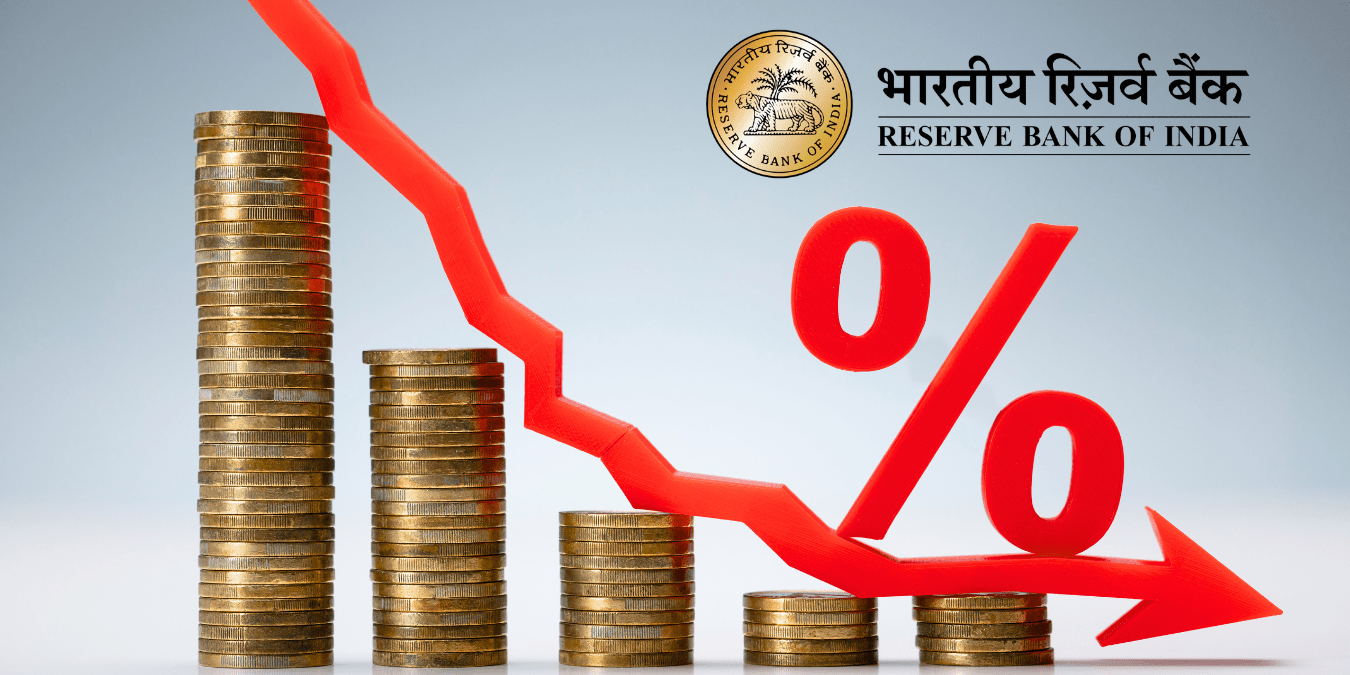
The RBI 25 bps Rate Cut: Why Your Wallet and the Economy is About to Feel Different
-

The Great IndiGo Reset of 2025: Why a Simple ‘Reboot’ Grounded a Nation And Why You Paid 10x for It!
